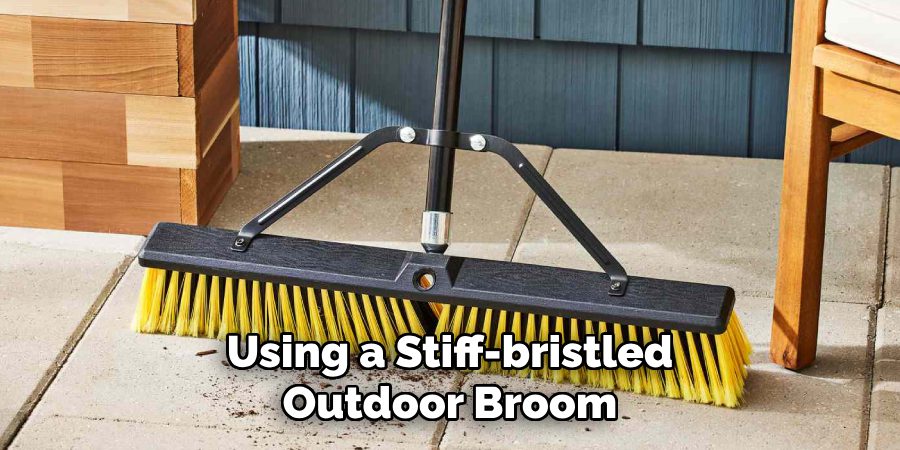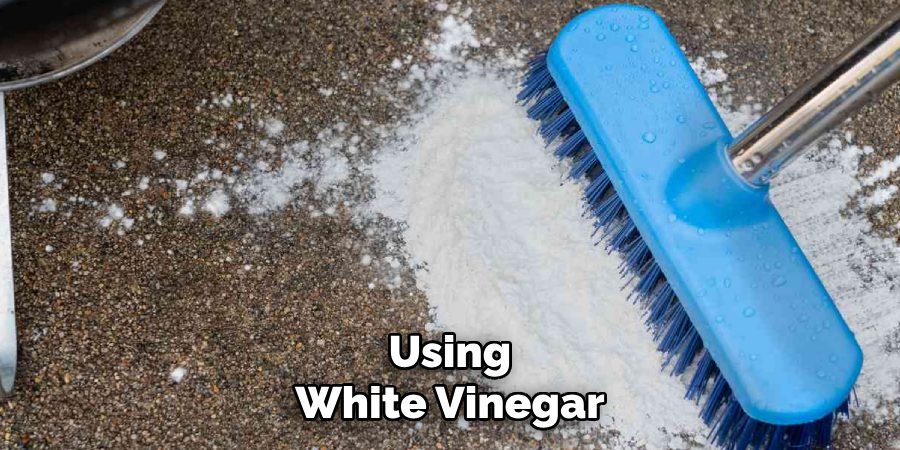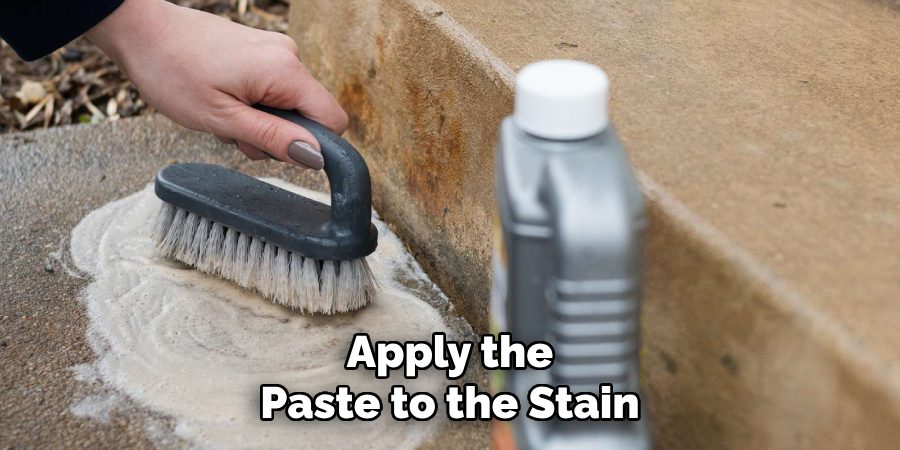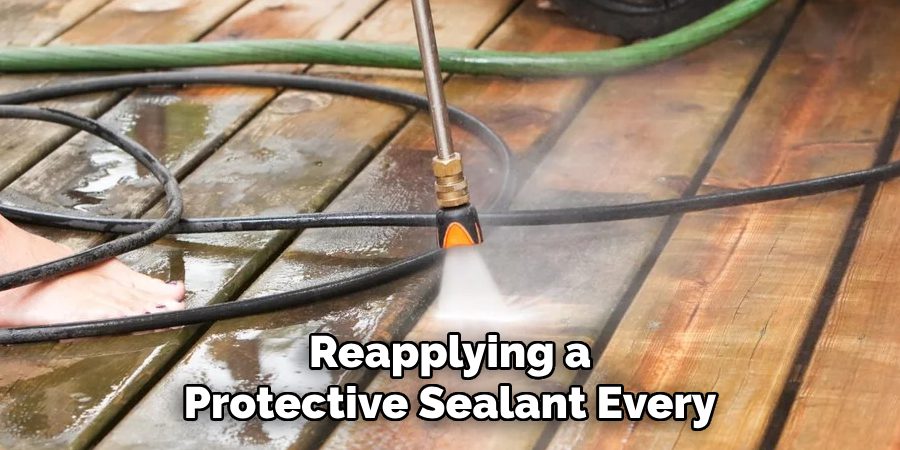Keeping your porch floor clean is essential for maintaining its appearance and longevity. Over time, dirt, debris, and stains can accumulate, dulling the surface and potentially causing damage. Regular cleaning not only enhances the curb appeal of your home but also creates a welcoming space for relaxation and social gatherings. This guide will walk you through the steps of how to clean a porch floor, ensuring it remains in excellent condition year-round.

Importance of Maintaining a Clean Porch Floor
A clean porch floor is more than just an aesthetic choice—it plays a crucial role in preserving the structural integrity of your porch. Dirt and debris can cause abrasive wear over time, leading to scratches or permanent damage to the surface. Additionally, a buildup of moisture from spills or weather conditions can result in mold, mildew, or rot, particularly for wooden floors.
By maintaining a clean porch floor, you reduce the risk of these issues and extend the life of the materials. Furthermore, a well-kept porch leaves a positive first impression on guests and creates a safer environment by minimizing slips and falls caused by grime or wet surfaces. Regular cleaning ensures your porch remains a safe, attractive, and functional part of your home.
Identifying the Type of Porch Flooring
Before you begin cleaning your porch floor, it’s essential to determine the type of material your flooring is made from. Common porch flooring materials include wood, concrete, brick, composite decking, and tile. Each material requires specific cleaning methods and products to avoid causing damage. For example, wooden floors may require gentle cleaning solutions to prevent warping or discoloration, while concrete and brick surfaces can often handle more abrasive methods.
Composite decking, made from a mix of wood fibers and plastic, typically benefits from non-abrasive cleaners to keep its surface intact. Tile floors, meanwhile, may need specially designed cleaners to tackle stains between grout lines. Understanding your porch floor’s material ensures you use the right cleaning techniques for optimal results, protecting the integrity and appearance of your porch.
10 Methods How to Clean a Porch Floor
1. Sweeping and Dry Cleaning
The simplest and most fundamental way to maintain a porch floor is by sweeping it regularly. Using a stiff-bristled outdoor broom, sweep away loose dirt, dust, leaves, and debris. For tight corners and edges, a handheld brush or vacuum cleaner with an outdoor attachment can help remove stubborn dirt.

This method prevents dirt buildup that could later require more intensive cleaning. Sweeping at least once a week, especially after heavy winds or storms, will keep your porch looking tidy and reduce the chances of grime embedding into the flooring material.
2. Mopping with Warm Soapy Water
For general upkeep, mopping with warm soapy water is a practical and efficient method. A bucket of warm water mixed with a mild dish soap or gentle floor cleaner is all that’s needed. Using a mop, scrub the porch floor in sections, ensuring thorough coverage.
For wooden porches, avoid excessive water, as it can cause warping. Instead, use a damp mop rather than soaking the floor. For tile and concrete porches, a string or sponge mop works well to lift dirt and restore cleanliness. Rinsing with clean water afterward prevents soap residue buildup.
3. Pressure Washing for Deep Cleaning
A pressure washer is an excellent tool for tackling stubborn dirt, moss, and stains on concrete, brick, or stone porch floors. Adjusting the pressure setting appropriately prevents damage—lower pressure for softer surfaces and higher pressure for more durable materials.
Start at one end of the porch and work systematically, maintaining a consistent distance from the surface to ensure even cleaning. While pressure washing is highly effective, it should be done sparingly on wood and composite decks to avoid stripping protective finishes.
4. Using Vinegar and Baking Soda for Natural Cleaning
A natural and eco-friendly cleaning solution can be made using white vinegar and baking soda. This method is particularly useful for removing stains and eliminating mold or mildew. Sprinkle baking soda over the affected area, then spray or pour vinegar onto it, allowing it to fizz and break down grime.

After a few minutes, scrub with a brush or mop before rinsing thoroughly with clean water. This non-toxic approach is safe for pets and children and works well on most porch surfaces, including wood, tile, and concrete.
5. Bleach Solution for Mold and Mildew Removal
Mold and mildew are common problems on shaded porches, especially in humid climates. A diluted bleach solution—one part bleach to four parts water—effectively removes these issues.
Apply the mixture using a spray bottle or mop, allowing it to sit for 10–15 minutes before scrubbing with a stiff brush. Rinse thoroughly with water to remove any bleach residue. It’s important to wear gloves and protective clothing while handling bleach and to ensure proper ventilation to avoid inhaling fumes.
6. Using a Deck Cleaner for Wooden Floors
For wooden porch floors, specialized deck cleaners are available to maintain their natural appearance while removing dirt and stains. These cleaners often contain wood-brightening agents that restore color and protect against UV damage.
Follow the manufacturer’s instructions, applying the cleaner with a mop or brush and rinsing it off after the recommended dwell time. Using a dedicated deck cleaner annually or seasonally can extend the lifespan of your wooden porch and enhance its aesthetic appeal.
7. Scrubbing with Oxygenated Cleaners
Oxygenated cleaners, such as oxygen bleach or OxiClean, provide a safer alternative to chlorine bleach, making them ideal for wood, composite, and vinyl porch floors. Mixing the powder with warm water creates a powerful solution that lifts dirt and breaks down organic matter.
Apply the cleaner with a mop or scrub brush, letting it sit for 10–15 minutes before scrubbing and rinsing. Oxygen bleach is less harsh than traditional bleach and doesn’t cause discoloration, making it a preferred option for delicate surfaces.
8. Removing Stains with Hydrogen Peroxide and Baking Soda
For tough stains like grease, oil, or food spills, a paste made from hydrogen peroxide and baking soda works wonders. Apply the paste to the stain, allowing it to sit for 10–20 minutes before scrubbing with a brush. The bubbling reaction helps lift the stain, making it easier to clean. This method is particularly useful for concrete and tile porch floors but should be tested on a small area of wooden surfaces to ensure compatibility.

9. Applying a Commercial Floor Cleaner for Tile and Composite Surfaces
Tile and composite porch floors require specific cleaning products to maintain their durability and sheen. A commercial floor cleaner designed for these materials provides effective results without causing damage. Dilute the cleaner as instructed and apply it using a mop or sponge, ensuring full coverage.
Rinsing is necessary to prevent residue buildup, and for textured surfaces, using a scrub brush can enhance the cleaning process. Regular maintenance with a suitable cleaner ensures that tile and composite porches remain in top condition.
10. Sealing and Protecting the Porch Floor After Cleaning
After thoroughly cleaning the porch, applying a protective sealant helps prolong its cleanliness and prevent future staining. Wooden porches benefit from a water-resistant sealant or stain that protects against moisture and UV rays.
Concrete porches can be treated with a concrete sealer to prevent water absorption and cracking. Tile surfaces may require a grout sealer to maintain their appearance. Reapplying sealant annually or as needed ensures long-lasting protection and reduces the frequency of deep cleanings.
Maintenance and Upkeep
Proper maintenance is essential to keep your porch looking its best and to reduce the need for intensive cleaning. Start by sweeping or vacuuming the floor regularly to remove dirt, leaves, and debris that can build up and cause staining or wear. Consider using outdoor rugs or mats in high-traffic areas to minimize scratches and protect delicate surfaces.
Inspect your porch seasonally for signs of damage, such as loose boards, cracks, or mold growth, and address these issues promptly to prevent further deterioration. For wooden porches, reapplying a protective sealant every one to two years improves durability and protects against the elements.

Similarly, check the condition of sealants or coatings on other materials, reapplying as required. Incorporating these simple maintenance habits into your routine will keep your porch clean, safe, and visually appealing over time.
Conclusion
Maintaining a clean and well-kept porch not only enhances the aesthetic appeal of your home but also prolongs the life of the materials and ensures a safe outdoor environment. Whether you opt for natural cleaning methods or commercial products, choosing the right approach for your porch’s surface is vital.
Regular upkeep, such as sweeping, seasonal inspections, and applying protective coatings, minimizes wear and tear and reduces the need for intensive cleaning. By following these tips and incorporating proper maintenance practices, your porch can remain a welcoming and beautiful space for relaxation and gatherings for years to come. So, there you have it – a quick and easy guide on how to clean a porch floor.

Professional Focus
Oliver Wood, a passionate patio designer, specializes in creating comfortable and inviting outdoor spaces that enhance relaxation and entertainment. His work combines a deep understanding of design with a love for nature, making him a standout professional in the field of outdoor living spaces. Through his thoughtful approach, he transforms everyday patios into extraordinary retreats for family and friends.
About the Author
Oliver Wood, a skilled patio designer, shares his expertise on outdoor living through his designs and insights. With a background in patio design and a genuine passion for creating beautiful spaces, he encourages others to invest in their outdoor environments, enhancing their homes with functional and inviting spaces for relaxation and entertainment.
Education History
University: Virginia Union University
Oliver’s education equipped him with the knowledge and skills to design patios that merge aesthetics with comfort, transforming outdoor areas into beautiful extensions of the home.
Expertise:
- Patio Design and Outdoor Living Spaces
- Functional and Aesthetic Landscaping
- Comfortable and Inviting Outdoor Environments
- Design Philosophy for Family-Oriented Spaces
- Creating Spaces for Relaxation and Entertainment
